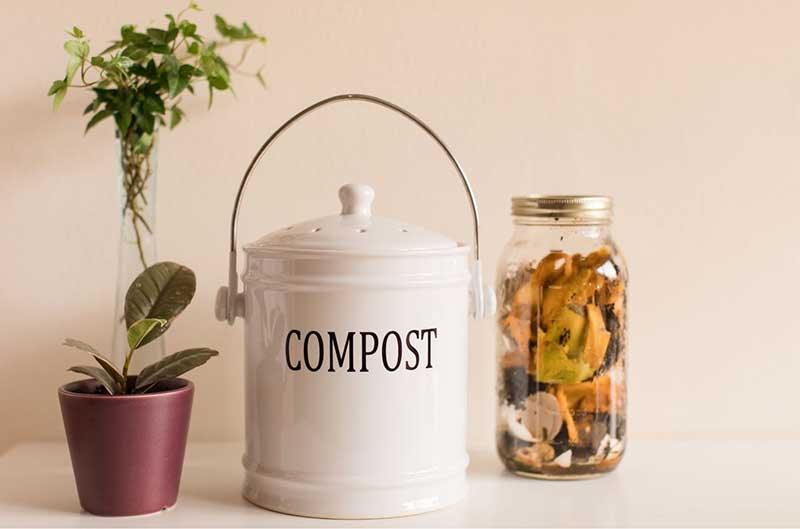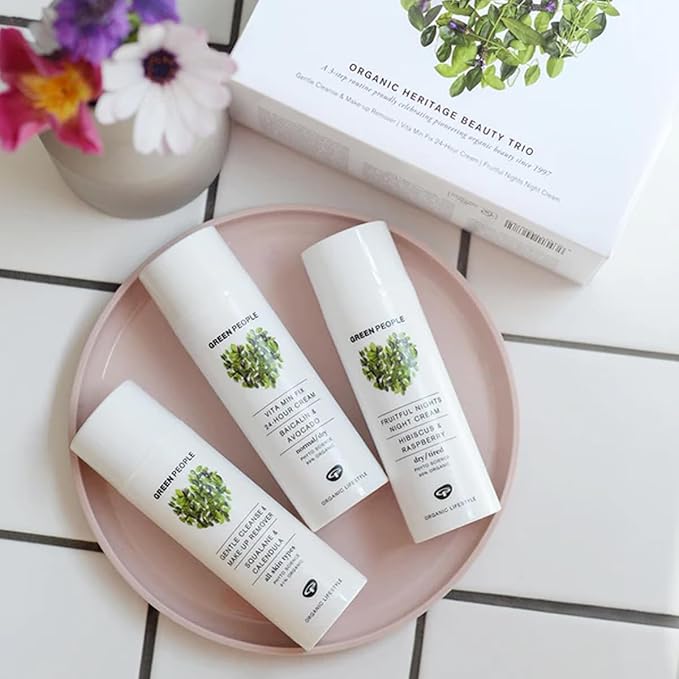Planning an eco-friendly garden doesn’t require vast land or expensive materials just smart choices and the right tools. On Friendly Turtle’s EcoBlog, we explore how digital tools like GardenBox 3D help visualise layouts, test sustainable planting schemes, and reduce resource waste. By understanding your microclimate, choosing native plants, and using compost and recycled materials, you can build a self-sustaining garden that supports biodiversity and thrives over time. Rainwater harvesting, natural mulching, and zone planning help reduce water use and effort. Even the smallest garden can be transformed into a low-maintenance, eco-conscious space that benefits you and the planet. With careful preparation and thoughtful design, your outdoor area becomes not only greener but also more enjoyable, season after season.
Share your articles with us and get published! Reach out at hello@friendlyturtle.com.
Easy Home Composting guide For 2022

Instead of sending your food scraps straight to the landfill, what about composting them to help your plants grow? Easy home composting...how much better does that sound, right?
The big question is: How to make compost at home?
Most people refrain from making compost at home because they think it’ll smell bad and attract animals. But hey! If these things happen to you, you’re doing it the wrong way.
That’s why we’ll show you how easy home composting can be. Keep reading to find out how to make compost at home and what “ingredients” you should use for easy home composting!

Easy Home Composting: What to Compost?
To have an easy home composting experience and get better results, it’s important to use the right ingredients. So, before learning how to make compost at home, let’s check some materials you could add to your compost pile or bin:
- Grass clippings and yard trimmings
- Fruit and veggie scraps
- Hair and nail clippings
- Wood and bark chips
- Coffee grounds
- Newspaper
- Cardboard
- Nutshells
- Eggshells
- Leaves
- Paper
- Straw
Pro-tip: Chop and shred your ingredients to accelerate the composting process.
Don't forget: You can home compost all of your cardboard packaging that's got product over it, such as the packaging from our natural deodorants. Also, you can compost your used bamboo cotton buds and wooden toothbrushes
Easy Home Composting: What Not to Compost?
Although home composting is an easy way to reduce your organic waste, there are some organic materials you should avoid. Unless you want to transfer harmful pathogens or substances to your plants, have odour problems, or attract pests, don’t add these materials:- Plants that have been treated with chemical pesticides
- Meat, bones, or fish scraps
- Fats, grease, lard, oils
- Dairy products and eggs
- Coal or charcoal ash
- Diseased plants
- Pet manures
- Cooked food
- Coloured or glossy paper

How to Make Compost at Home?
Now that you know the best ingredients to have a successful and easy home composting experience, let’s get started!
Without further ado, here’s how to make compost at home:
1. Store Your Kitchen Waste
We know you’re excited to start composting, but you need to get your “ingredients” first. Think of it as following a recipe, that’s how you make home composting an easy and fun project!
You can store food scraps in a bag in your freezer until you have enough organic materials to create your compost pile.

2. Select a Place to Make Your Compost at Home
Don’t have a backyard? You can use a small bin for home composting. Easy peasy!
To speed up the process, place your compost bin or pile where it gets some sunlight. Also, you should avoid placing your pile under eaves to prevent it from getting too soggy, which results in bad odours.
3. Make the Compost Mix
This is where most people run into trouble when learning how to make compost at home. But don’t worry, it’s easier than you think. Just follow this “recipe”:
First, lay some twigs at the bottom of your pile or bin. Next, you should alternate “brown” and “green” materials in layers. To get a healthy compost pile and prevent undesired odours, you should alternate three parts brown with one part green materials.
Dry, brown materials are carbon-rich matter, like newspaper, cardboard, sawdust pellets, wood ashes, dried leaves, eggshells, and others.
Wet, green materials are nitrogen-rich matter, such as food scraps, green leaves, green lawn clippings, and others.
Finally, put a brown layer on the top of your compost to keep animals away and mask any odours!

4. Keep Compost Moist
Check your compost regularly and sprinkle some water over the pile if it’s too dry. As a general rule, your compost should be moist, but not too soggy. Otherwise, your organic materials will rot.
5. Wait and Aerate
You’re almost done, but there’s one more thing you need to know to make home composting an easy and successful task!
Once a week, you should turn or rotate the pile with a garden fork (or whatever works best for you) to make sure the air is flowing. This way, you will speed up the process and prevent unpleasant odours.
After a while, your compost should look like dark soil and have a woody smell. And that’s when you know you’ve learned how to make compost at home!
With these basic steps on how to make compost at home, you shouldn’t have any problems with this eco-friendly process. So, now that you know how easy home composting can be, give it a try!
0 comments
Let customers speak for us
Blog posts
At Friendly Turtle EcoBlog, we explore how enhanced subsea pipeline inspection is transforming ocean safety. With offshore oil and gas infrastructure expanding, ensuring pipeline integrity is crucial. Many pipelines are now unpiggable, requiring specialised external inspection methods powered by advanced technologies like ultrasonic systems and predictive modelling. These innovations reduce risks, protect marine ecosystems, and limit human exposure to harsh ocean environments. Improved reporting and global data sharing have also helped prevent accidents and foster safer working conditions. Embracing such sustainable practices in subsea maintenance not only safeguards lives but supports long-term environmental responsibility.
Designing a functional and stylish kitchen doesn’t have to come at the planet’s expense. At Friendly Turtle EcoBlog, we believe that using eco-friendly materials is a meaningful way to create a beautiful, healthy space while minimising environmental harm. From durable and flexible bamboo cabinetry to toxin-free natural wood that enhances both aesthetics and indoor air quality, sustainable choices elevate kitchen design in every sense. Recycled materials offer surprising strength and affordability, proving that green design can be budget-friendly. For flooring, marmoleum stands out fully biodegradable and available in vibrant colours to bring natural warmth to your kitchen. These conscious materials support healthier living, reduce waste, and bring calming, nature-inspired beauty to one of the most important rooms in your home. By choosing eco-smart alternatives, you’re investing in long-lasting comfort, sustainability, and timeless design. Explore more on the Friendly Turtle EcoBlog and start your low-impact kitchen transformation today.



